Highlights
- Apple Vision Pro features advanced mixed reality with a premium design.
- Meta Quest 3 offers an accessible VR experience with a strong gaming focus.
- Vision Pro excels in multitasking and productivity with a 4K micro-OLED display.
- Quest 3 provides a wireless experience with a high refresh rate LCD display.
The introduction of Apple Vision Pro and Meta Quest 3 has set the stage for a compelling comparison between two of the most anticipated headsets in the market.
These devices, while catering to the same broad category of AR/VR technology, are designed with significantly different goals and audiences in mind, making their comparison a study in contrasts rather than direct competition.
Apple Vision Pro: A Premium Leap into Mixed Reality
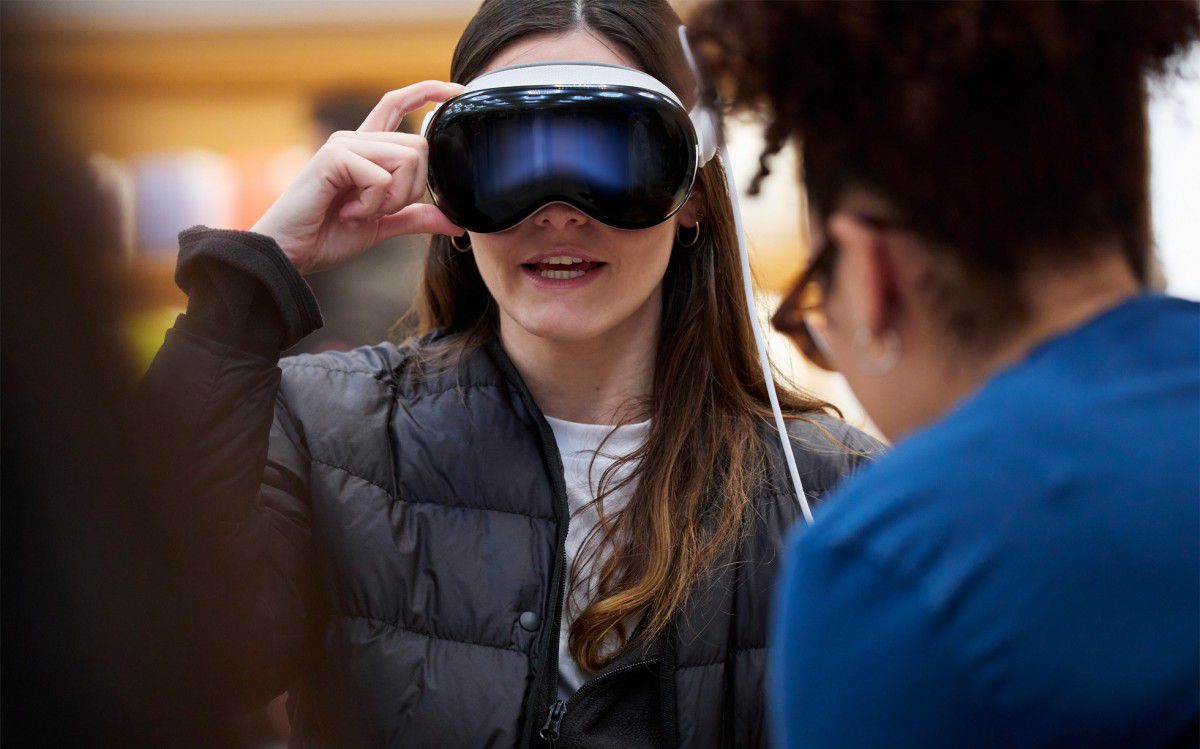
The Apple Vision Pro marks the tech giant’s ambitious foray into the mixed reality space, powered by the efficient M2 chip alongside an additional R1 processor dedicated to augmented reality computations.
It sports a ginormous pricetag as well at $3,499.
This setup facilitates impressive multitasking capabilities and supports popular productivity applications such as Adobe Lightroom, promising exceptional performance.
Design-wise, the Vision Pro resembles a premium pair of ski goggles, crafted from aluminum and featuring a 3D display at the front that can show the wearer’s eyes, creating a transparent effect.
This feature not only elevates the premium feel of the device but also enhances the immersive VR experience.
Interaction with the Vision Pro is primarily through hand and finger gestures, with support for Apple’s magic keyboardand trackpad for productivity tasks.
The Vision Pro is equipped with a couple of 1.41-inch micro-OLED displays, offering a combined 4K resolution.
With peak brightness at 5000 nits, it promises exceptionally bright and clear visuals.
Unlike most VR headsets, the Vision Pro relies on an external battery pack connected via a wire, potentially affecting the user’s mobility.
Meta Quest 3: Making VR More Accessible
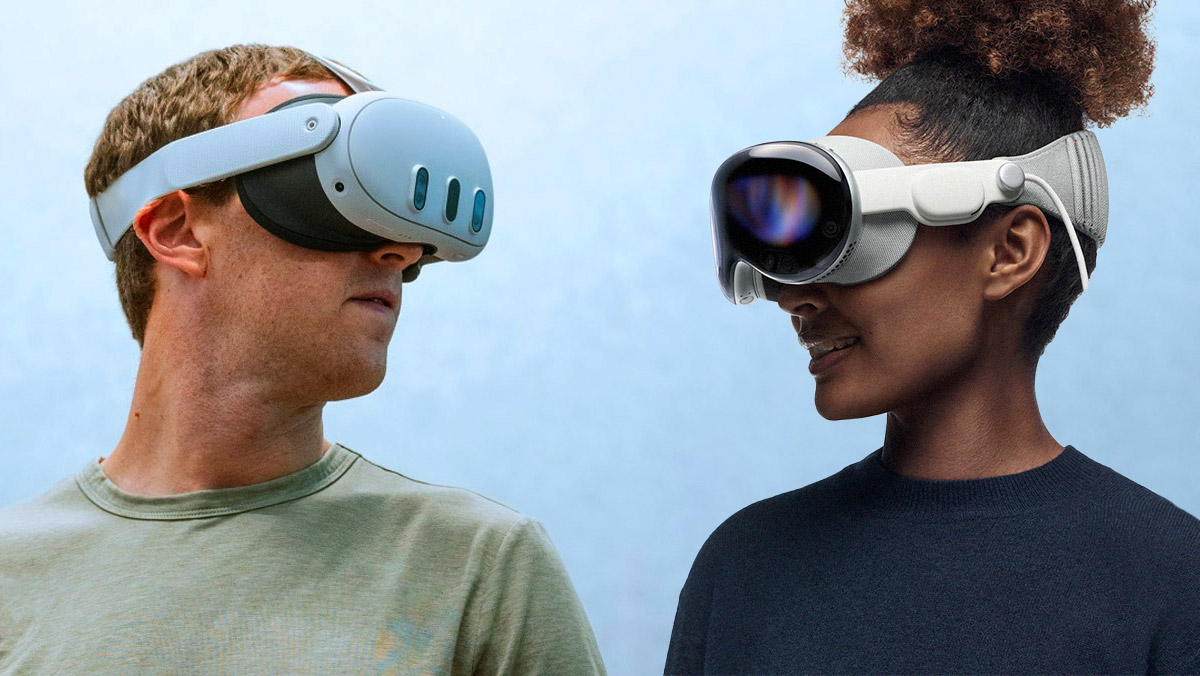
The Meta Quest 3, on the other hand, is powered by the Qualcomm Snapdragon XR2 Gen 2 chip, and is positioned as a more accessible VR headset at just $500.
It aims to refine the VR experience with enhancements over its predecessors, targeting VR enthusiasts and gamers with its Android-based operating system.
The Quest 3’s LCD display offers a 120Hz refresh rate and a resolution of 4128 x 2208 pixels, ensuring smooth and detailed visuals, although it may not match the brightness level of the Vision Pro.
The design of the Quest 3 is an iterative update over the Quest 2, featuring a slimmer profile and full-color passthrough for mixed reality experiences.
It comes with Bluetooth-enabled controllers for interaction but also supports finger and hand gestures.
Unlike the Vision Pro, the Quest 3 integrates its battery into the headset, offering a truly wireless experience.
Performance, Apps, and Games
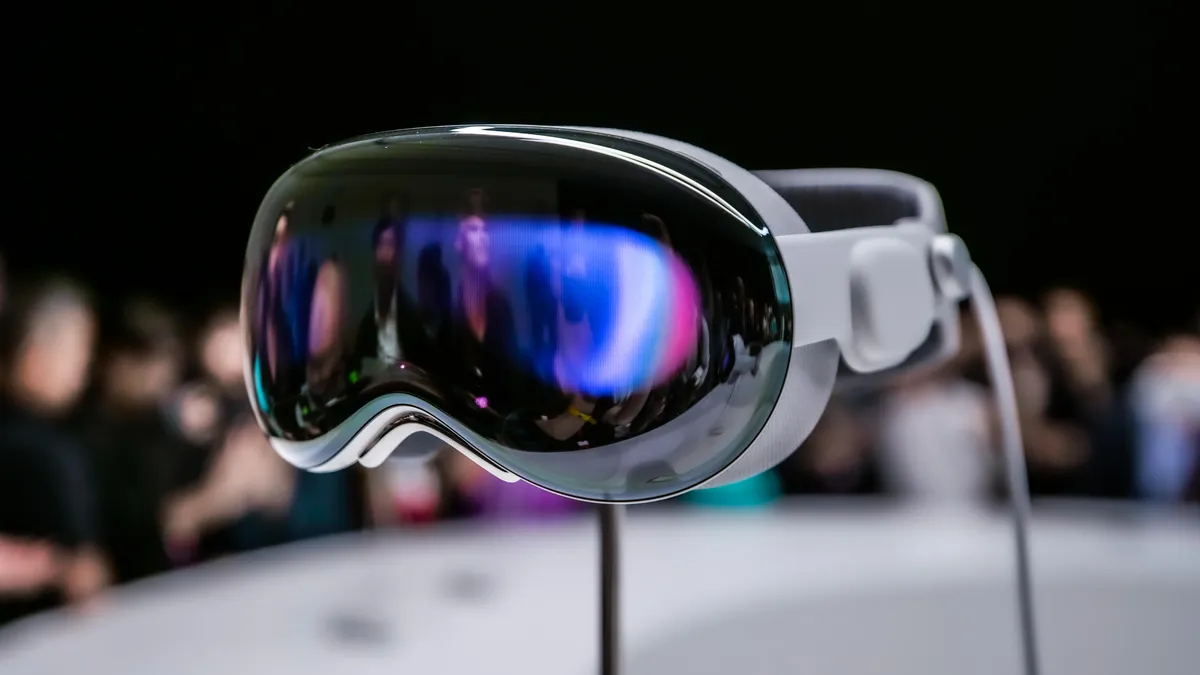
When it comes to performance, both headsets are capable of multitasking and running a variety of apps.
However, the Apple Vision Pro, with its advanced chipsets, is expected to excel in productivity and multitasking.
The Vision Pro will run VisionOS, based on iOS frameworks, and will have access to a wide range of iOS and iPadOS apps and games.
In contrast, the Quest 3, with its Android-based OS, will continue to leverage a strong library of VR games and apps, making it a preferred choice for VR gaming.
Passthrough and Ecosystem
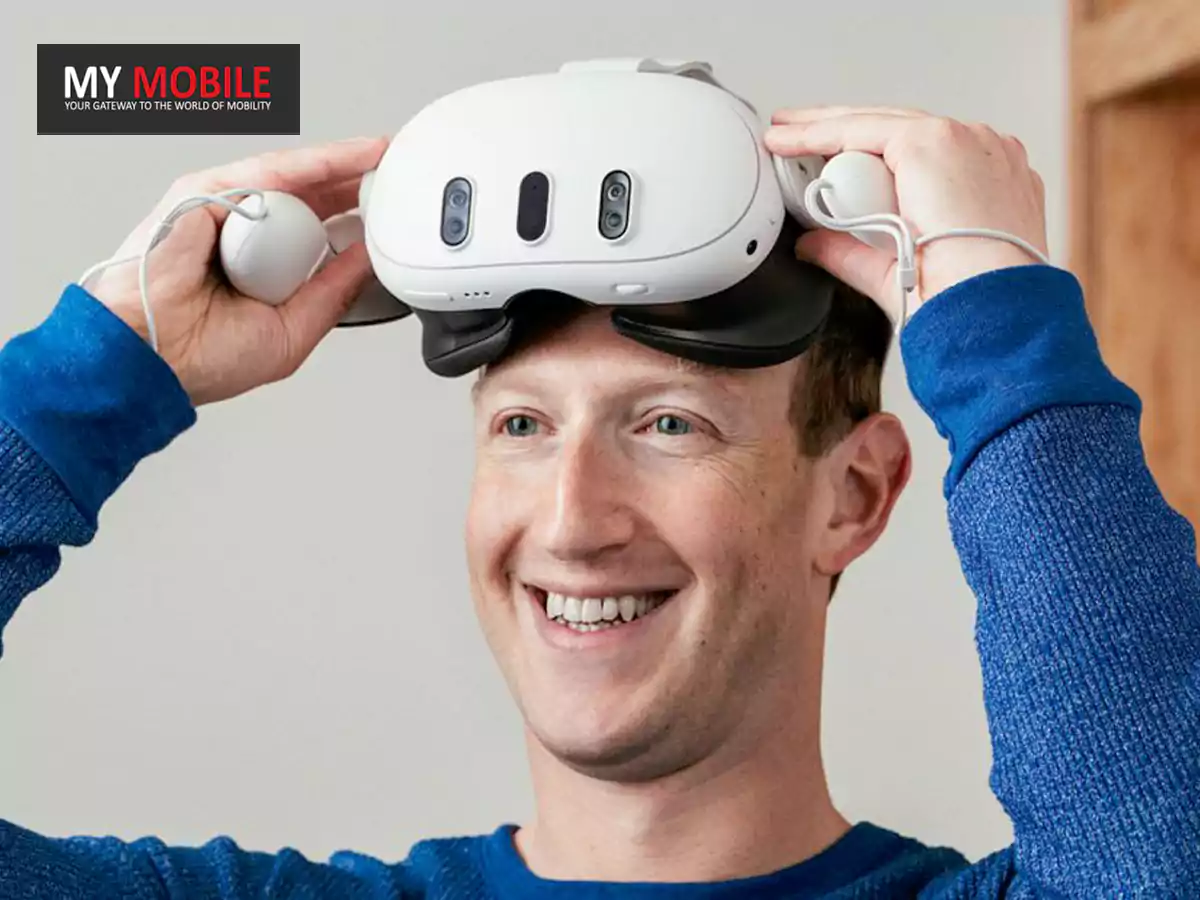
The Apple Vision Pro and Meta Quest 3 are both standalone VR headsets with mixed-reality passthrough capabilities.
These headsets have arrays of cameras on the outside that capture the real world and show it to you on displays inside.
Virtual displays, games, and even 3D objects can be layered over the real world.
When it comes to passthrough and image quality, the Apple Vision Pro takes the prize. Despite having a smaller field of view at only 95 degrees compared to Quest 3’s 110, the quality is significantly better.
This is likely due to the quality of the front-facing cameras and chipsets.
The Meta Quest 3 and Apple Vision Pro feel very different but also very much the same; it just depends on how you look at them.
The Vision Pro, which feels like an iOS device in mixed-reality headset form, seems like the beginning of an entirely new proposition.
Its displays are fantastic, as is the way it multitasks apps.
However, the Meta Quest 3 has its advantages. For instance, it can only run one app at a time, unless you’re using the browser and a 2D app.
The Vision Pro can multitask with many apps simultaneously, making it feel more like a real office tool.
In terms of ecosystems, while Vision Pro has a much easier ecosystem, it’s only with other Apple stuff and even that feels incomplete.
Quest 3’s ecosystem is wide and plays pretty well with others, but often requires a lot of fiddling around to learn how to configure things or get them set up.
Price and Accessibility
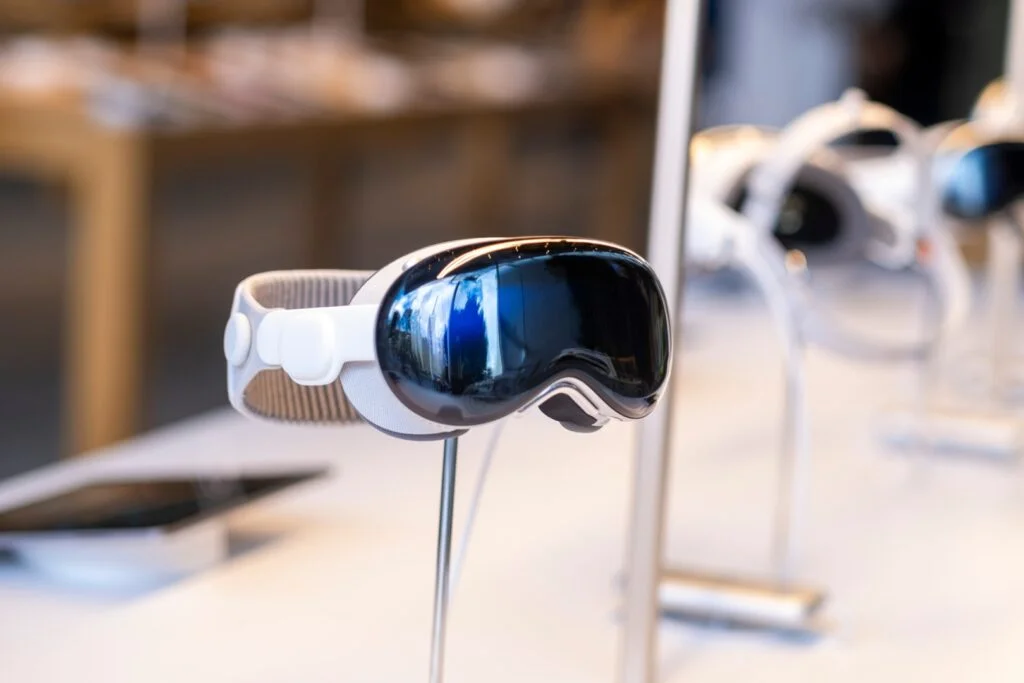
One of the most significant differences between the two is their price point.
The Apple Vision Pro’s premium features come with a high cost of $3499, positioning it as a luxury item beyond the reach of the average consumer.
In contrast, the Meta Quest 3 is priced more accessibly at $499 for the base model, making it an attractive option for a broader audience.
Final Verdict
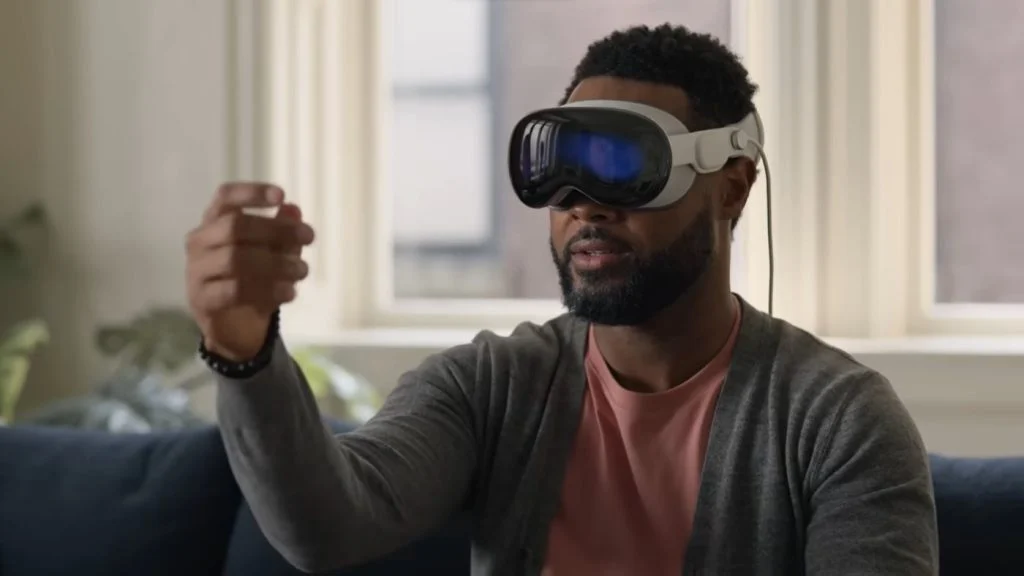
The Apple Vision Pro and Meta Quest 3 represent two distinct paths in the evolution of AR/VR technology.
The Vision Pro, with its premium design, advanced features, and focus on productivity, is aimed at a niche market willing to invest in high-end technology.
Meanwhile, the Quest 3 offers a more affordable and gaming-focused VR experience, continuing Meta’s mission to bring virtual reality to the masses.
As the AR/VR landscape continues to evolve, both devices play critical roles in shaping the future of immersive technology.
FAQs
What makes the Apple Vision Pro stand out from the Meta Quest 3?
The Apple Vision Pro stands out with its premium design, advanced mixed reality capabilities, and multitasking prowess, supported by the M2 and R1 chips, offering a unique experience for productivity and immersive applications.
How does the Meta Quest 3 compare in terms of accessibility and price?
The Meta Quest 3 is priced at $499, making it more accessible to a broader audience. It focuses on delivering a high-quality VR experience, especially for gaming, with a more straightforward, wireless setup.
Can the Apple Vision Pro and Meta Quest 3 be used for gaming?
While both headsets support gaming, the Meta Quest 3 is specifically designed with gaming in mind, leveraging its Android-based OS and VR game library. The Vision Pro also offers gaming capabilities but focuses more on mixed reality experiences and productivity.
What are the key differences in design between the two headsets?
The Apple Vision Pro mimics a pair of premium ski goggles and includes a 3D display that shows the wearer’s eyes, while the Meta Quest 3 features a slimmer update over its predecessor with full-color passthrough for mixed reality.
How do the ecosystems of the Apple Vision Pro and Meta Quest 3 compare?
The Apple Vision Pro integrates seamlessly with Apple’s ecosystem, offering a more unified experience for users of Apple products. In contrast, the Quest 3 has a broader ecosystem compatibility but may require additional setup for optimal performance.
Also Read: Apple Vision Pro to Use ZEISS Customisable Optical Inserts: A Guide to the Pairing Process
Also Read: Apple Vision Pro: New Features Revealed, visionOS 1.0.2 Update, and Microsoft Office Integration
Also Read: Apple Vision Pro Once Lost, Cannot be Located on the Find My Network
